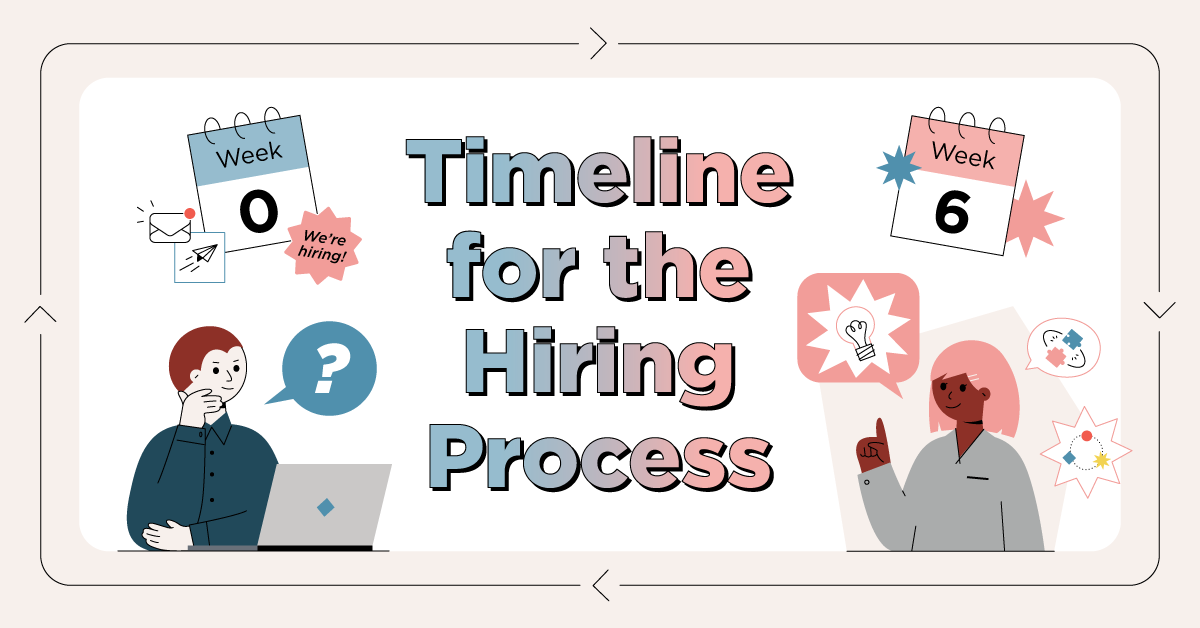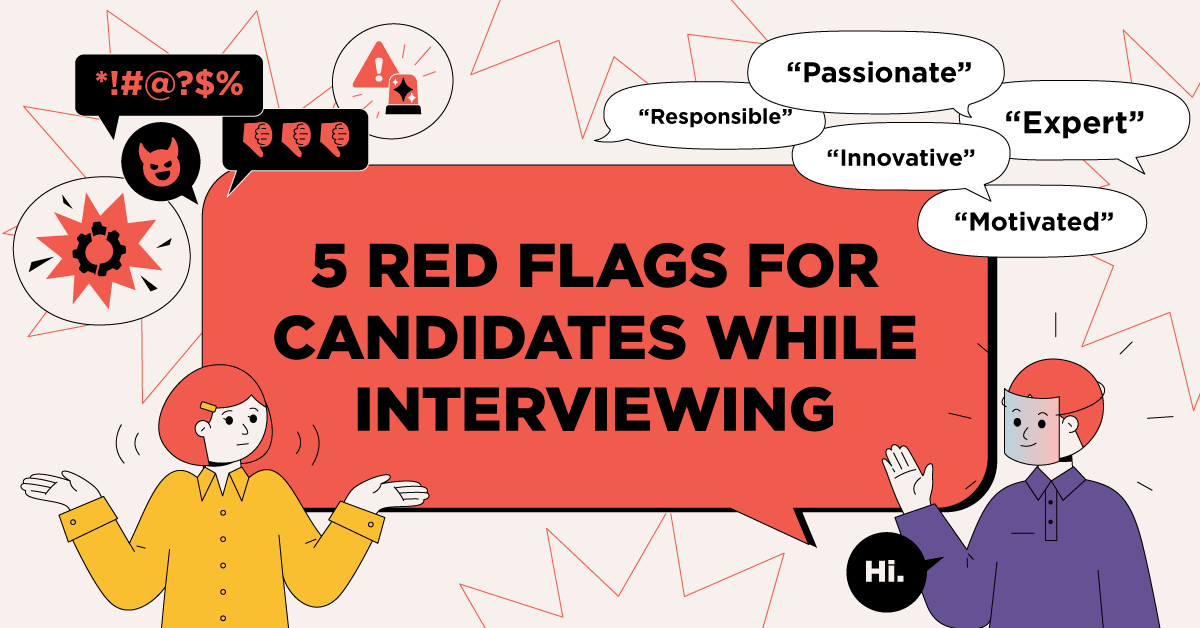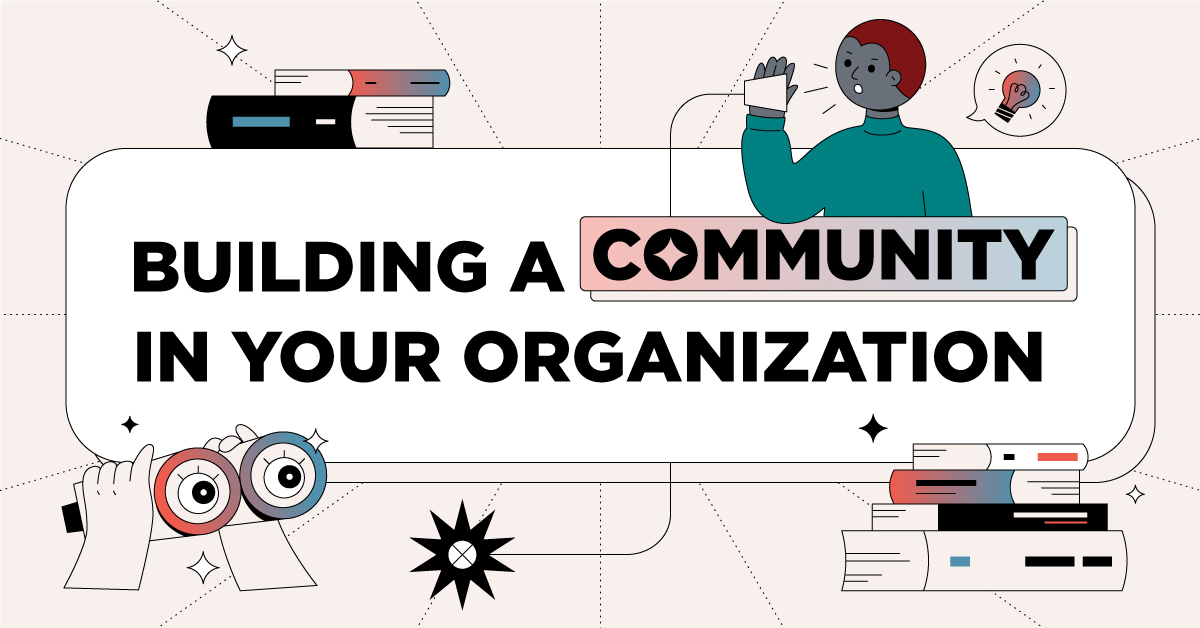What if there was a way to future-proof your business by not only fully understanding your value but also how it transfers to your ideal buyers?
Keeping your employees motivated and preventing burnout is one of the biggest challenges running a business. We are here to help!
Conflict can be a very common problem in the workplace and can
cost your company millions of dollars in lost productivity.
The hiring process can get complicated; here is a timeline for what a possible hiring process can look like.
The hiring process can get complicated; here are 5 red flags you need to look out for while getting to know job candidates.
The culture of work is changing for the better. Here are three ways you can start building a community in your organization.
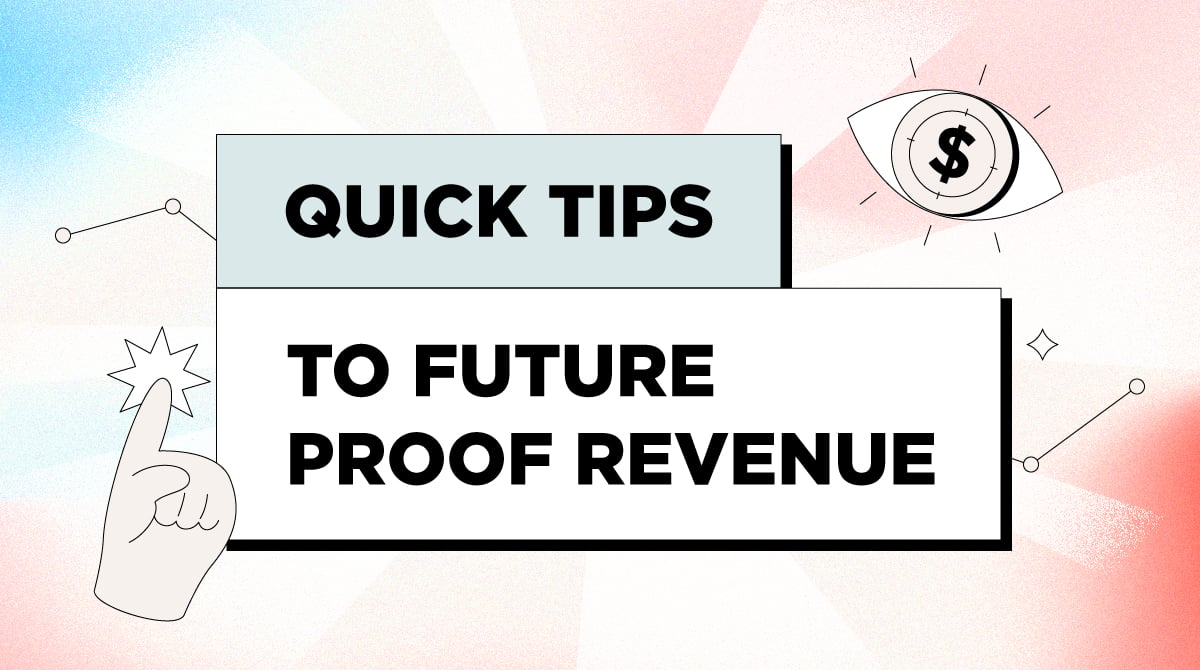
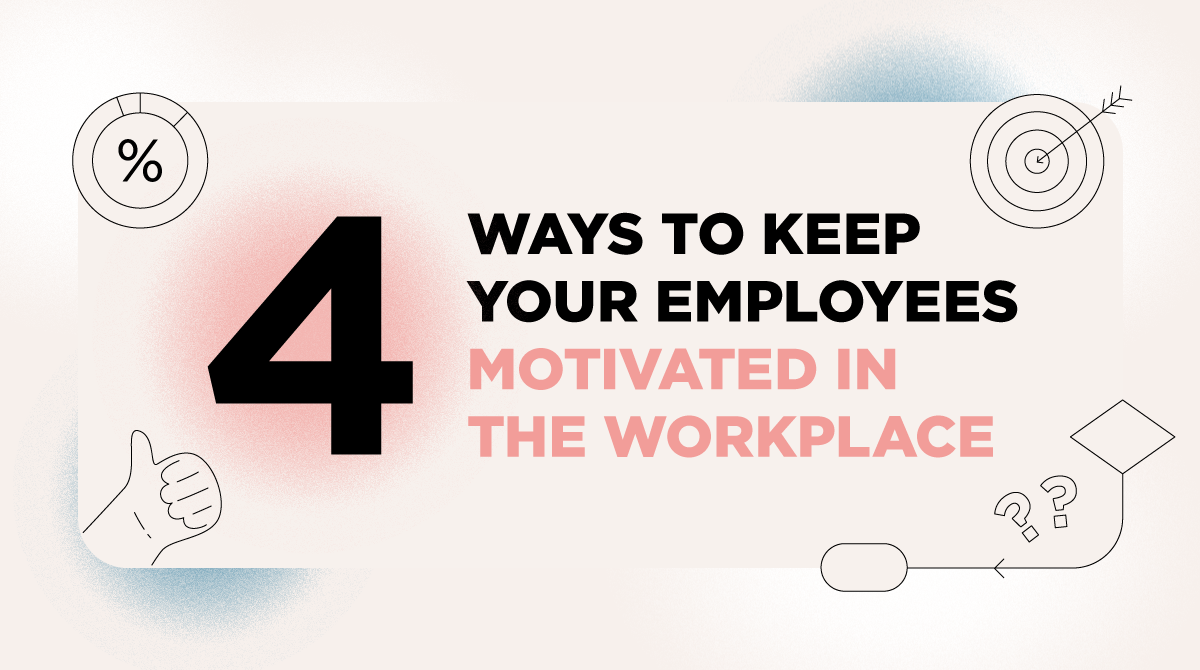
.jpg)
